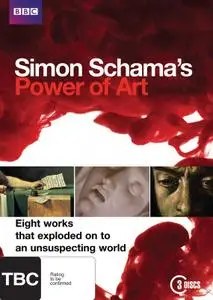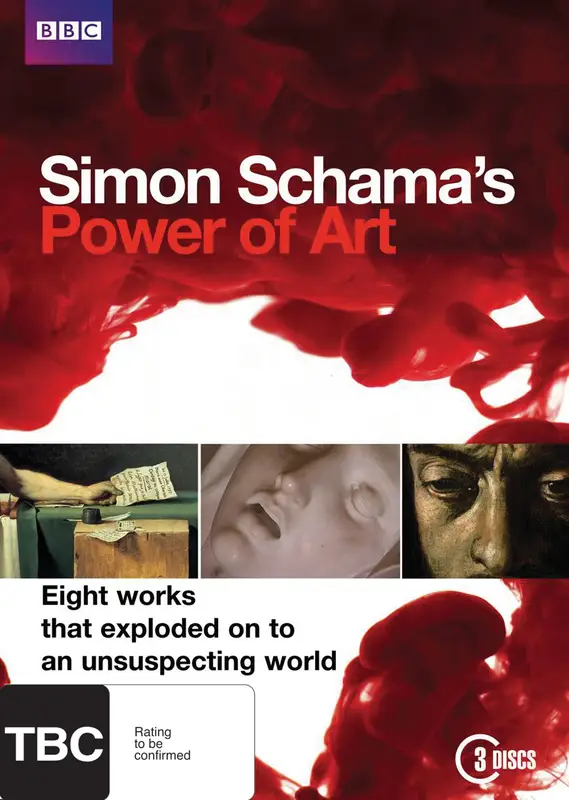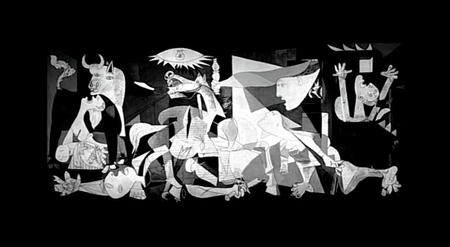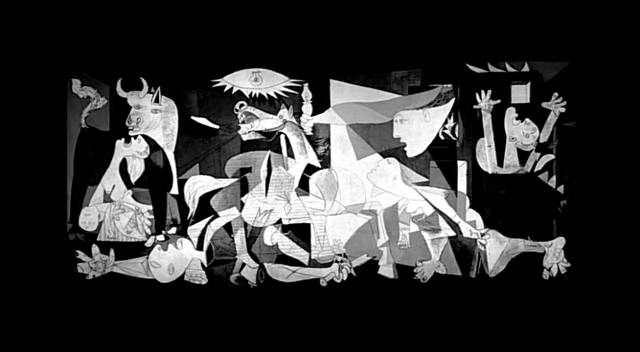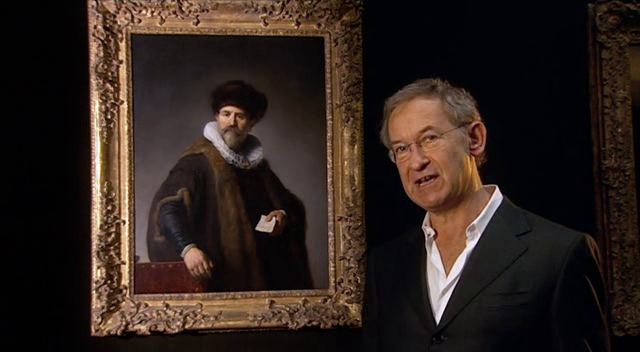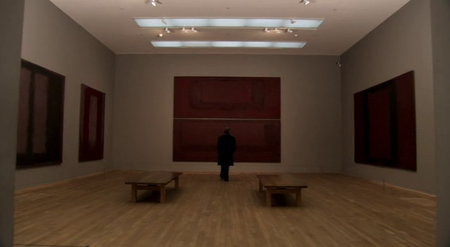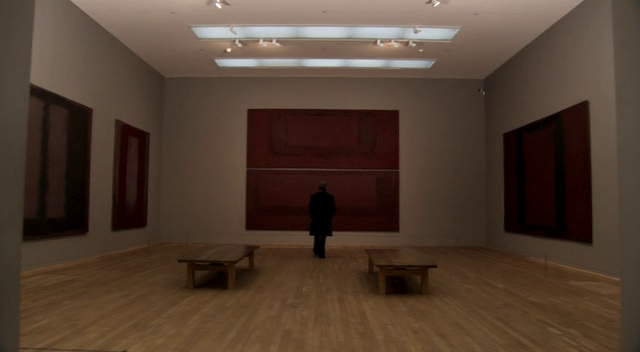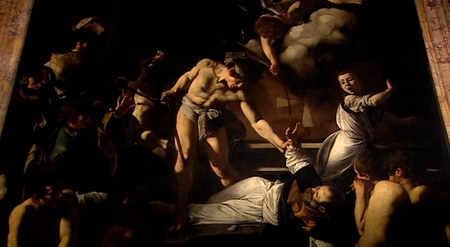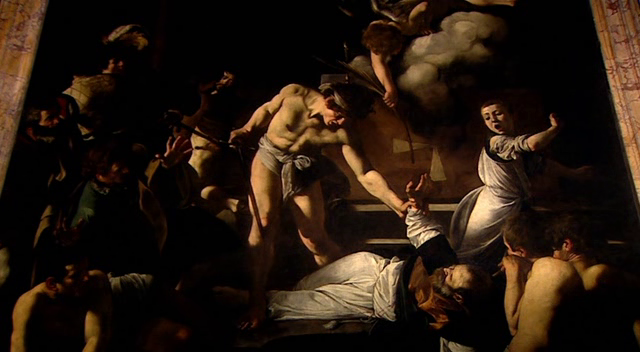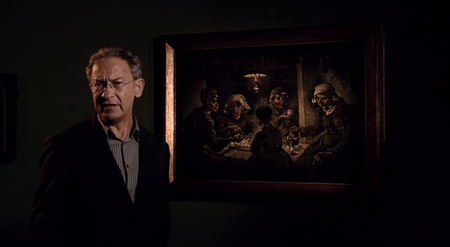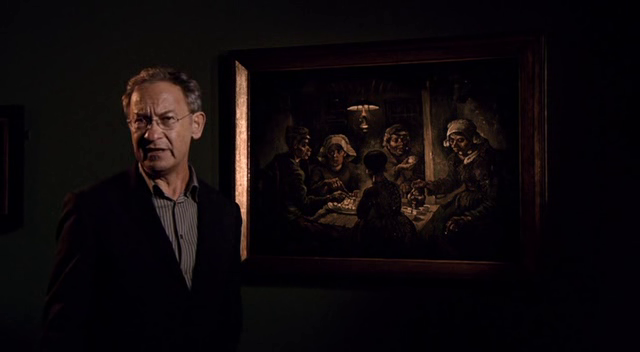BBC - Power of Art (2006)
DVDRip | 640 x 352 | .AVI/XviD @ 1549 Kbps | 8x~59mn | English AC-3 192 Kbps, 2 channels | 5.80 GB
Genre: Documentary, Arts
DVDRip | 640 x 352 | .AVI/XviD @ 1549 Kbps | 8x~59mn | English AC-3 192 Kbps, 2 channels | 5.80 GB
Genre: Documentary, Arts
The power of the greatest art is the power to shake us into revelation and rip us from our default mode of seeing. After an encounter with that force, we don't look at a face, a colour, a sky, a body, in quite the same way again. We get fitted with new sight: in-sight. Visions of beauty or a rush of intense pleasure are part of that process, but so too may be shock, pain, desire, pity, even revulsion. That kind of art seems to have rewired our senses. We apprehend the world differently.
Art that aims that high - whether by the hand of Caravaggio, Van Gogh or Picasso - was not made without trouble and strife. Of course there has been plenty of great art created in serenity, but the popular idea that some masterpieces were made under acute stress with the artist struggling for the integrity of the conception and its realisation is not a "romantic myth" at all. A glance at how some of the most transforming works got made by human hands is an encounter with "moments of commotion".
It's those hot spots in which great risks were taken that The Power of Art brings you. Instead of trying to reproduce the un-reproducible feeling you have when you are face to face with those works in the hush of the gallery or a church, the series (and the book) drops you instead into those difficult places and unforgiving dramas when the artists managed, against the odds, to astound. "Every artist thinks he's Rembrandt", Picasso once joked, but there would come a time when he thought so himself!
All the artists in our series - and some of the contemporary artists on our website who have joined in its spirit to reflect on them - have felt part of this craft of exhilarating trouble. I hope, when you watch the programmes, you too get to feel the heat.
Part 1: Caravaggio
Caravaggio's approach to painting was unconventional. He avoided the standard method of making copies of old sculptures and instead took the more direct approach of painting directly onto canvas without drawing first. He also used people from the street as his models. His dramatic painting was enhanced with intense and theatrical lighting.
Caravaggio's fate was sealed when in 1606 he killed a man in a duel. He fled to Naples where he attempted to paint his way out of trouble, he became a Knight, but was then imprisoned in Malta and then finally he moved to Sicily. He was pardoned for murder in 1610, but he died of a fever attempting to return to Rome.
QUOTE(Schama)
For me the power of Caravaggio's art is the power of truth, not least about ourselves. If we are ever to hope for redemption we have to begin with the recognition that in all of us the Goliath competes with the David."
Part 2: Bernini
Born in Naples, Bernini was an exceptional talent from an early age and went on to dominate the art world of 17th century Rome. His work epitomised the Baroque style and his sculpture, church interiors and exteriors and town planning could be seen everywhere.
Bernini worked under successive Popes; Pope Gregory XV made him a knight and Pope Urban VIII took him as his best friend. He was revered in his time until a jealous rage caused him to have the face of his mistress slashed after discovering her romance with his brother. His reputation fell further after his bell towers for the Cathedral of St Peter's started cracking in 1641. He redeemed himself and kick started his career again with arguably his most famous work, The Ecstasy of St Theresa, in 1652.
Part 3: Rembrandt
Rembrandt's success in his early years was as a portrait painter to the rich denizens of Amsterdam at a time when the city was being transformed from a small nondescript port into the economic capital of the world. His historical and religious paintings also gave him wide acclaim.
Despite being known as a portrait painter Rembrandt used his talent to push the boundaries of painting. This direction made him unpopular in the later years of his career as he shifted from being the talk of the town to becoming adrift in the Amsterdam art scene and criticised by his peers.
Part 4: David
Painting became an important means of communication for David since his face was slashed during a sword fight and his speech became impeded by a benign tumour that developed from the wound, leading him to stammer. He was interested in painting in a new classical style that departed from the frivolity of the Rococo period and reflected the moral and austere climate before the French Revolution.
David became closely aligned with the republican government and his work was increasingly used as propaganda with the Death of Marat proving his most controversial work.
Part 5: Turner
One of Britain's most celebrated artists, Turner showed exceptional artistic talent from an early age and entered the Royal Academy aged fourteen. His English landscapes made his name but there was a darker side to his paintings that was difficult for the critics to swallow, both in the increasingly informal use of paint and the subject matter that was critical of the romanticised vision of Britain in the late nineteenth century.
Part 6: Van Gogh
Born in Groot-Zundert, The Netherlands, Van Gogh spent his early life as an art dealer, teacher and preacher in England, Holland and Belgium. His period as an artist began in 1881 when he chose to study art in Brussels, starting with watercolours and moving quickly on to oils. The French countryside was a major influence on his life and his early work was dominated by sombre, earthy colours depicting peasant workers, the most famous of which is The Potato Eaters, 1885.
It was during Van Gogh's studies in Paris (1886-8) that he developed the individual style of brushwork and use of colour that made his name. In 1888 he moved to Arles where the Provençal landscape provided his best-known subject matter. However, it also marked the start of his mental crisis following an argument with his contemporary Paul Gauguin. Van Gogh was committed to a mental asylum in 1889 where he continued to paint, but he committed suicide in 1890.
Part 7: Picasso
Guernica (1937) was created during Picasso's Surrealist period and captures the horror of the bombing of the Basque town of Guernica during the Spanish Civil War. By the end of World War II, Picasso had become an internationally known artist and celebrity.
Part 8: Rothko
Rothko is known for his abstract expressionism paintings, but he moved through more traditional styles in his early career, including Surrealist paintings in the 1940s. In 1947 he embarked on the first of his large abstract 'colour-field' paintings, formalising their structure further in the 1950s.
Rothko had huge success with largescale solo shows, but committed suicide in 1970.
General
Complete name : BBC.Power.of.Art.1of8.Caravaggio.avi
Format : AVI
Format/Info : Audio Video Interleave
File size : 744 MiB
Duration : 59mn 23s
Overall bit rate : 1 751 Kbps
Writing application : VirtualDubMod 1.5.10.2 (build 2540/release)
Writing library : VirtualDubMod build 2540/release
Video
ID : 0
Format : MPEG-4 Visual
Format profile : Advanced Simple@L5
Format settings, BVOP : No
Format settings, QPel : No
Format settings, GMC : No warppoints
Format settings, Matrix : Default (H.263)
Codec ID : XVID
Codec ID/Hint : XviD
Duration : 59mn 23s
Bit rate : 1 549 Kbps
Width : 640 pixels
Height : 352 pixels
Display aspect ratio : 16:9
Frame rate : 25.000 fps
Color space : YUV
Chroma subsampling : 4:2:0
Bit depth : 8 bits
Scan type : Interlaced
Scan order : Bottom Field First
Compression mode : Lossy
Bits/(Pixel*Frame) : 0.275
Stream size : 658 MiB (88%)
Writing library : XviD 1.2.0SMP (UTC 2006-01-08)
Audio
ID : 1
Format : AC-3
Format/Info : Audio Coding 3
Mode extension : CM (complete main)
Codec ID : 2000
Duration : 59mn 23s
Bit rate mode : Constant
Bit rate : 192 Kbps
Channel(s) : 2 channels
Channel positions : Front: L R
Sampling rate : 48.0 KHz
Bit depth : 16 bits
Compression mode : Lossy
Stream size : 81.6 MiB (11%)
Alignment : Split accross interleaves
Interleave, duration : 40 ms (1.00 video frame)
Interleave, preload duration : 500 ms
Complete name : BBC.Power.of.Art.1of8.Caravaggio.avi
Format : AVI
Format/Info : Audio Video Interleave
File size : 744 MiB
Duration : 59mn 23s
Overall bit rate : 1 751 Kbps
Writing application : VirtualDubMod 1.5.10.2 (build 2540/release)
Writing library : VirtualDubMod build 2540/release
Video
ID : 0
Format : MPEG-4 Visual
Format profile : Advanced Simple@L5
Format settings, BVOP : No
Format settings, QPel : No
Format settings, GMC : No warppoints
Format settings, Matrix : Default (H.263)
Codec ID : XVID
Codec ID/Hint : XviD
Duration : 59mn 23s
Bit rate : 1 549 Kbps
Width : 640 pixels
Height : 352 pixels
Display aspect ratio : 16:9
Frame rate : 25.000 fps
Color space : YUV
Chroma subsampling : 4:2:0
Bit depth : 8 bits
Scan type : Interlaced
Scan order : Bottom Field First
Compression mode : Lossy
Bits/(Pixel*Frame) : 0.275
Stream size : 658 MiB (88%)
Writing library : XviD 1.2.0SMP (UTC 2006-01-08)
Audio
ID : 1
Format : AC-3
Format/Info : Audio Coding 3
Mode extension : CM (complete main)
Codec ID : 2000
Duration : 59mn 23s
Bit rate mode : Constant
Bit rate : 192 Kbps
Channel(s) : 2 channels
Channel positions : Front: L R
Sampling rate : 48.0 KHz
Bit depth : 16 bits
Compression mode : Lossy
Stream size : 81.6 MiB (11%)
Alignment : Split accross interleaves
Interleave, duration : 40 ms (1.00 video frame)
Interleave, preload duration : 500 ms
Screenshots
Welcome to my blog - daily update!


